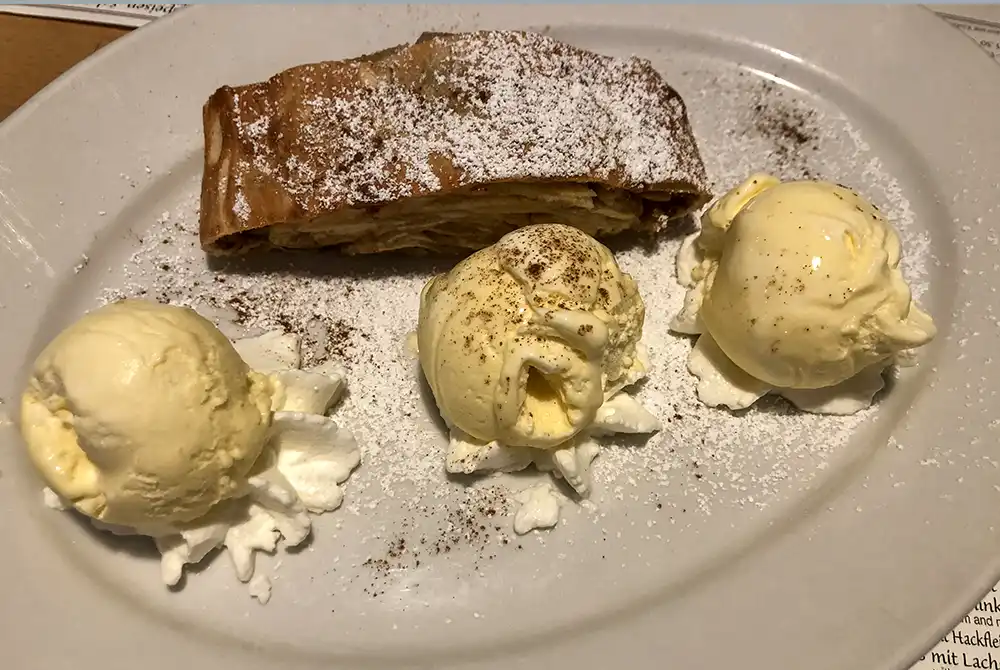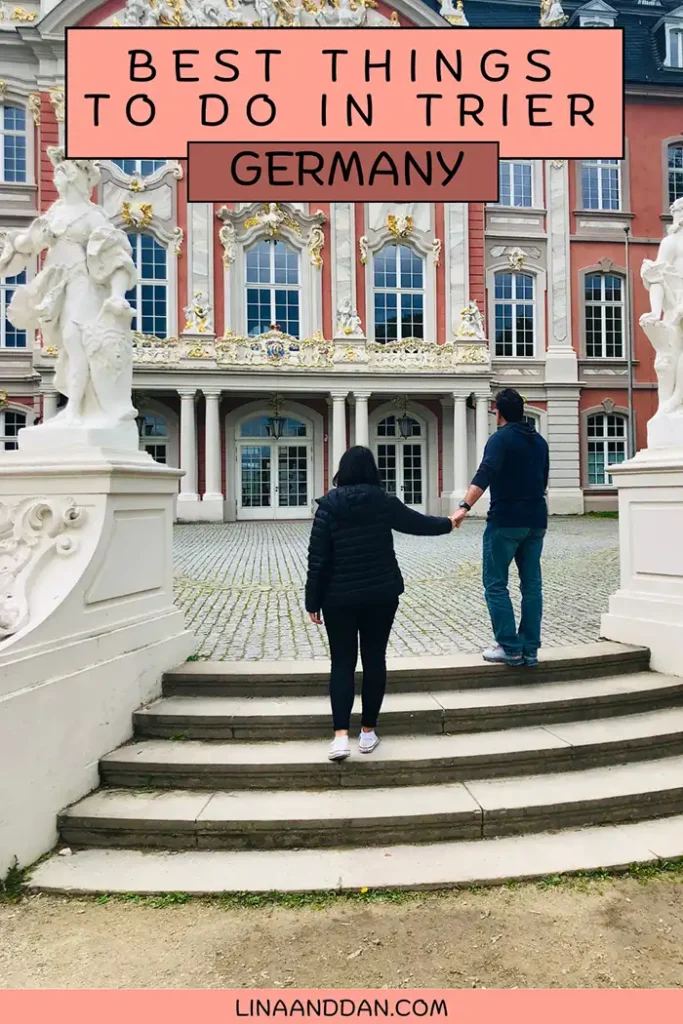
Pin and Read Later
📌 Short on time? Pin this post for later! 🌍 Unveiling a world of thrilling adventures, mouthwatering local food, and unforgettable escapes. Dive into unique cultural experiences, seek out hidden gems, and create memories to last a lifetime. Save now, explore later, and let your next extraordinary journey begin! ✈️🌟
How to Get to Trier, Germany
Trier, a historic city located in western Germany near the Luxembourg border, is easily accessible for day trips or short visits. With its rich Roman heritage, this charming city offers a variety of transportation options, depending on your starting point. You can choose to travel by car, train, or take advantage of flight connections to nearby cities.
From Luxembourg: During our stay in Luxembourg, we decided to take a day trip to Trier, the oldest city in Germany. Located just 45 minutes away, Trier is easily accessible, covering around 50 kilometers (31 miles). The drive is smooth and takes you through picturesque countryside, offering a scenic journey. Renting a car is a great option for those who want to enjoy the flexibility of traveling at their own pace. Alternatively, a direct train from Luxembourg City to Trier takes about 1 hour, providing an easy and convenient option for visitors.
From Munich: Trier, Germany, is located approximately 450 kilometers (280 miles) from Munich, making it an easy destination for travelers. The drive takes around 4.5 to 5 hours, offering beautiful scenic views along the way. Alternatively, you can fly to Frankfurt in just over an hour (about 1 hour and 10 minutes), and then take a train or drive to Trier, which takes another 1.5 to 2 hours. Both options offer flexibility, so you can enjoy exploring Trier’s rich history and attractions at your own pace.
From Berlin: Trier is approximately 600 kilometers (373 miles) from Berlin, making it a manageable journey for travelers. The drive typically takes about 6 hours, offering scenic views along the way. Alternatively, you can opt for flights or trains via Frankfurt or Cologne. If you prefer the train, the journey from Berlin to Trier takes around 7 hours, providing a comfortable and scenic ride.
Public Transportation and Accessibility: Trier is well-connected by public transportation, with direct trains available from major cities like Frankfurt, Cologne, and Luxembourg. If you choose to drive, you’ll find plenty of parking options in and around the city center, making it easy to explore on foot once you arrive.
No matter your mode of transportation, Trier is a city that’s well worth the journey!
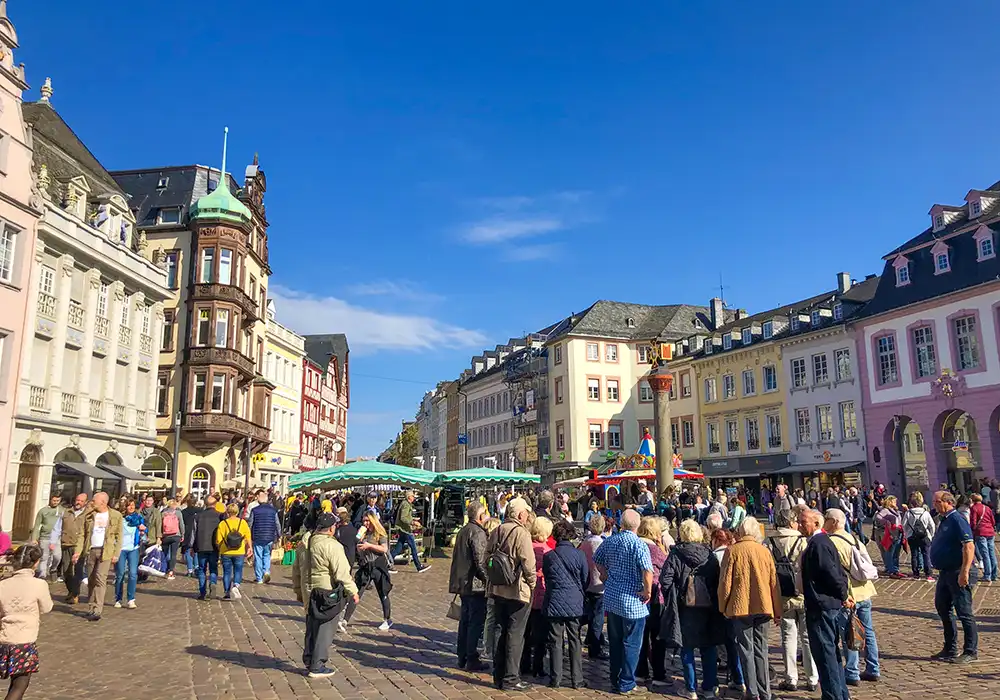
Where to Stay in Trier
A one-day trip to Trier is definitely not enough to fully experience this historic city! With its Roman heritage, stunning architecture, and vibrant atmosphere, there’s so much to see and do. If you’re planning to extend your stay in Trier, here are a few great hotel options.
Hotel Villa Hügel: his charming villa-style hotel offers breathtaking panoramic views of Trier, complemented by a sky pool for ultimate relaxation. Located near key attractions, it combines modern amenities with a prime location, making it the ideal choice for a stylish and comfortable stay.
Romantik Hotel Zur Glocke: is a charming blend of history and modern comfort. Located in a centuries-old building, it offers a cozy atmosphere with easy access to Trier’s main attractions, including the Trier Cathedral, Porta Nigra, and the Roman Baths. Just a short walk away, you’ll also find the Main Market Square and Karl Marx House, making it the perfect place to stay while exploring the city’s rich history.
Hotel Blesius Garten: is located in a peaceful area just outside Trier’s city center, offering a relaxing stay close to several historical attractions. The Trier Roman Amphitheater is just a 5-minute drive away, and the Basilica of Constantine, Trier Cathedral, and Karl Marx House are also nearby. Its tranquil setting makes it a convenient base for exploring the city’s rich history.
Best Time to Visit Trier
The best time to visit Trier depends on personal preferences, but we found October to be perfect, especially for autumn lovers. The mild weather and vibrant fall colors made it an ideal season. Spring (April to June) and fall (September to October) are great for pleasant weather and fewer crowds, perfect for exploring the city’s Roman history and outdoor attractions. Summer can be busier, but it’s great for cultural events, while winter offers a quieter, festive atmosphere with Christmas markets.
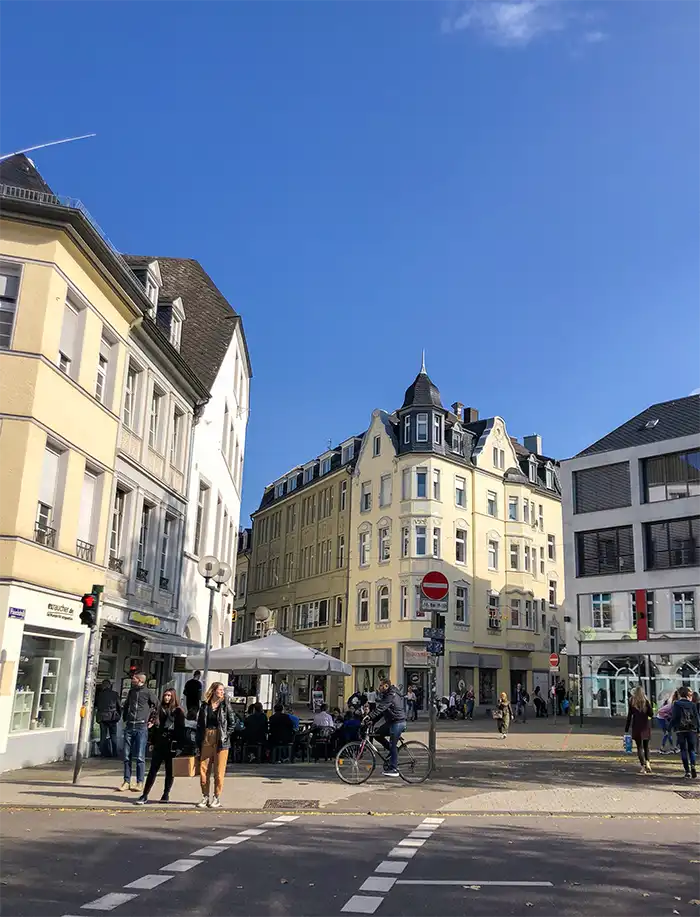
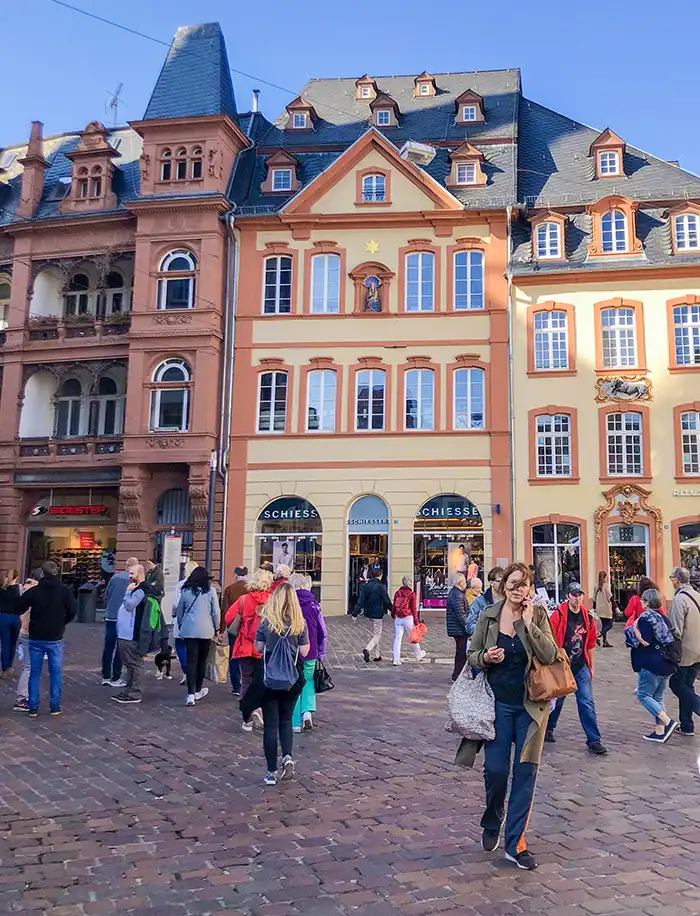
Trier’s Main Market Square: The Heart of Germany’s Oldest City
When you visit Trier, Germany’s oldest city, the Main Market Square (Hauptmarkt) should be at the top of your list. This lively square is the perfect spot to start your adventure, with vibrant market stalls, charming cafes, and colorful buildings all around. Families will love the carousel and clowns entertaining kids, while you can relax with a coffee and watch the local life unfold. Don’t miss the stunning St. Gangolf Church, and enjoy the square’s events throughout the year. It’s truly the heart of Trier!
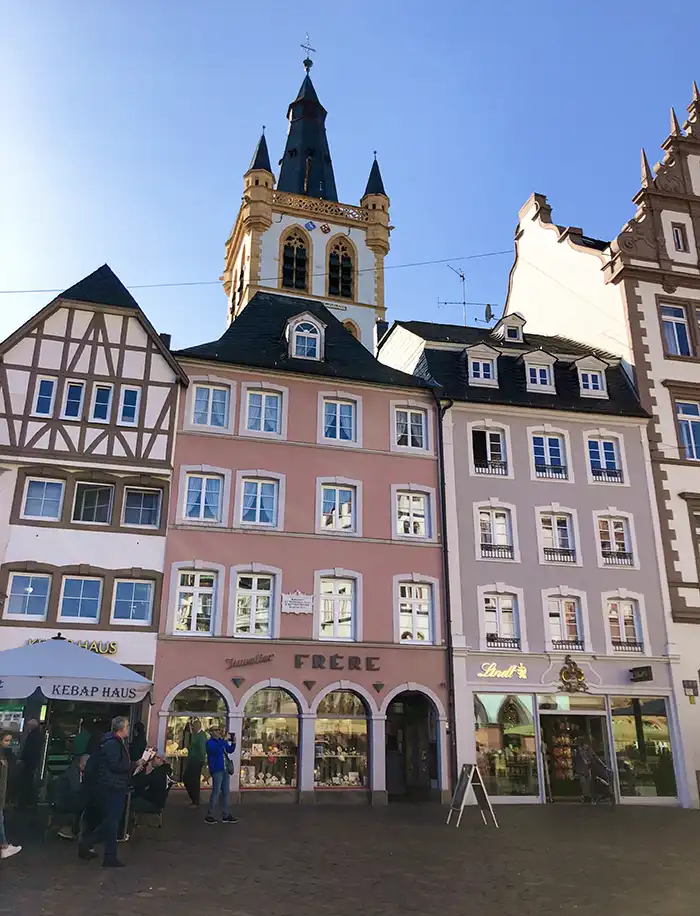
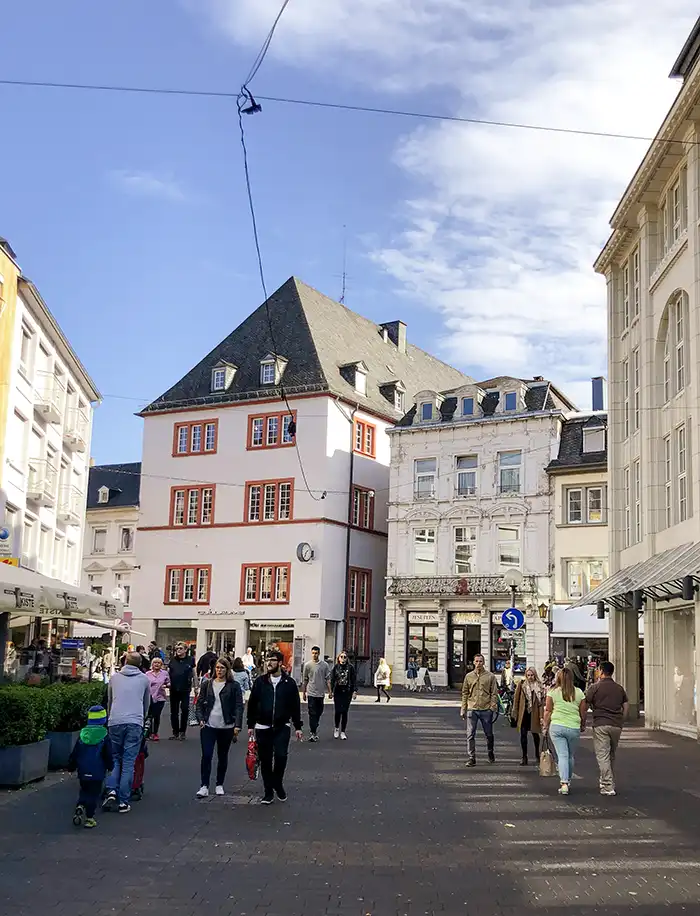
Exploring Porta Nigra a UNESCO World Heritage site
Porta Nigra is one of the most iconic landmarks in Trier, Germany, and a significant UNESCO World Heritage site that we love to visit as part of our goal to explore all UNESCO sites. As of now, we’ve visited 23 UNESCO World Heritage sites, and this Roman structure dating back to around 170 AD is truly a gem. Known as the “Black Gate,” Porta Nigra gets its name from the weathered dark sandstone, which has been naturally darkened over centuries.
Inside Porta Nigra, you can discover the historical layers of this ancient structure. As you explore, you’ll find remnants of both Roman and medieval influences, providing a fascinating glimpse into its multi-century transformation—from its original purpose as a Roman city gate to its later use as a church. Today, it stands as the best-preserved Roman city gate north of the Alps and offers visitors an incredible view into both Roman and medieval history. Not only is it rich in history, but Porta Nigra is also an amazing spot for taking epic Instagram photos, with its striking architecture and ancient feel.
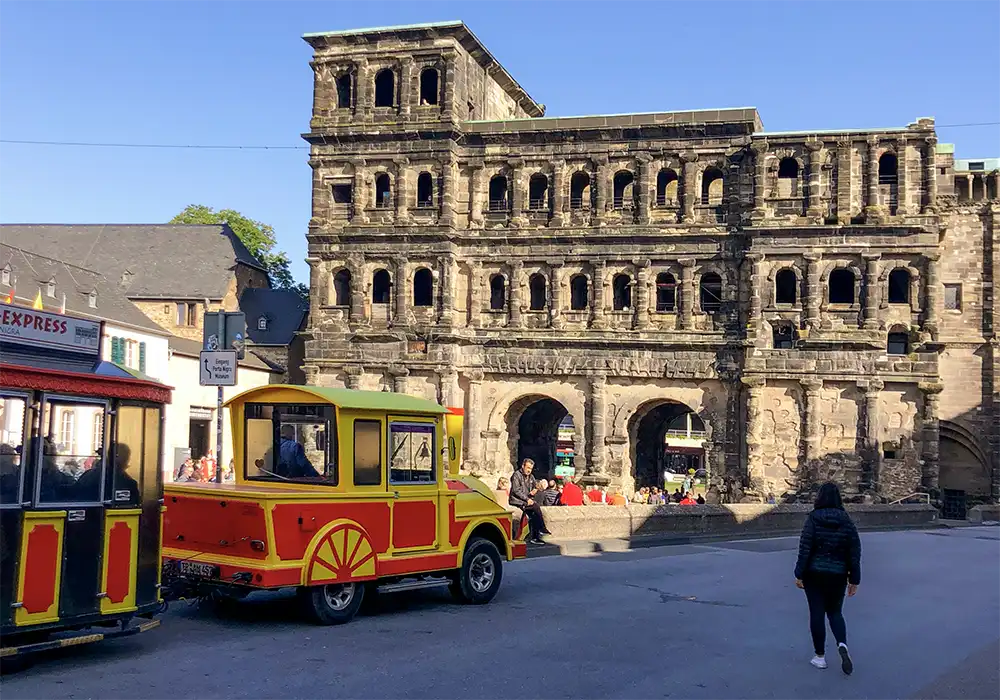
Discover the Karl Marx Museum
The Karl Marx Museum, located in Trier, Germany, is a tribute to the life and works of the influential philosopher and economist. As the birthplace of Marx, the museum offers a deep dive into his revolutionary ideas that laid the foundation for modern socialism and communism. Visiting this museum brought back memories of my school days in Europe, where Marx’s teachings were part of my education, and I even had a portrait of him next to my desk.
At the museum, you can explore exhibits that cover various aspects of Marx’s life, including his iconic red reading chair, which is a unique feature of the museum.
The entrance fee is around USD 5, and tickets can be purchased in person or online.
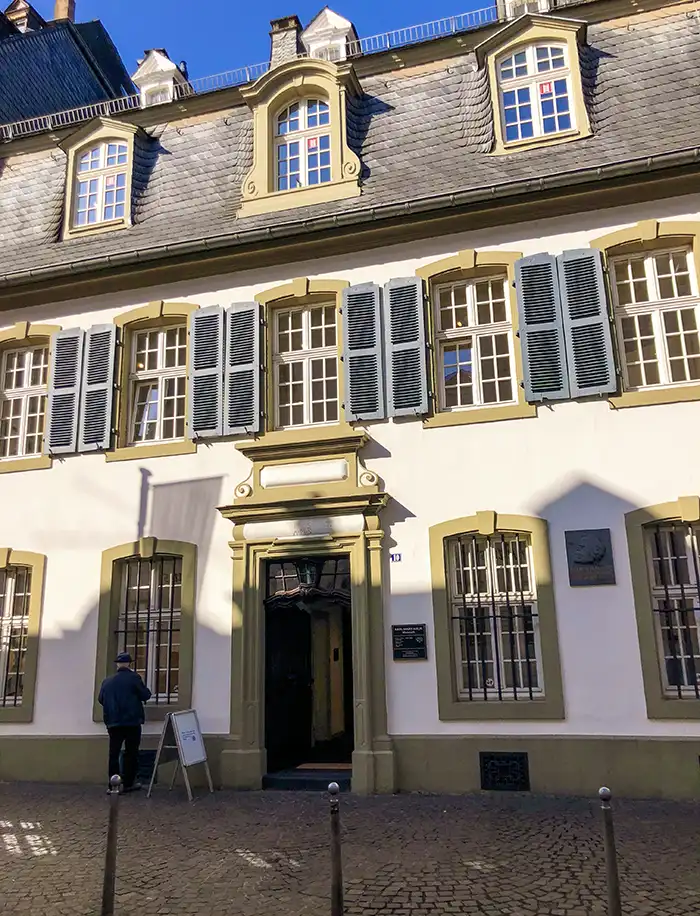
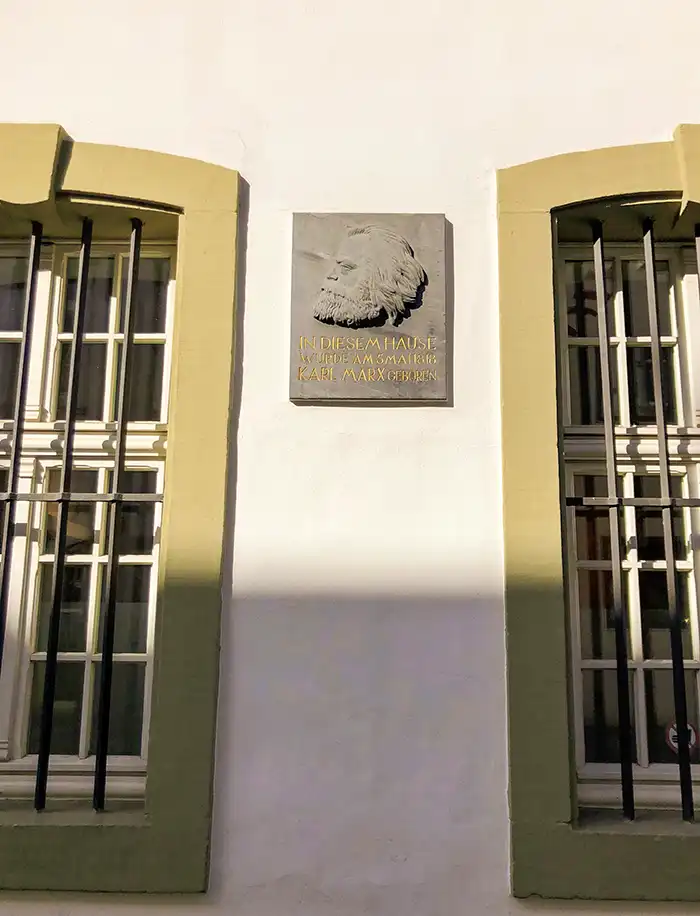
Explore Germany’s Oldest Cathedral: Trier St. Peter’s Cathedral and Its Rich History
When we visited Trier, we were excited to explore its nine UNESCO World Heritage Sites. One of the most remarkable landmarks we experienced was Trier Cathedral (St. Peter’s Cathedral), also known as the Trier Dom. Dating back to the 4th century AD, it stands as Germany’s oldest cathedral. The cathedral showcases impressive architecture, blending various styles, and features beautiful stained glass windows and intricate stone carvings. Inside, it was peaceful and quiet, with sacred relics, including the Holy Robe, believed to be the tunic of Jesus Christ.
If visiting UNESCO World Heritage Sites is on your bucket list, the Trier Cathedral is a must-see. It’s a breathtaking site, and while admission is free, special events or concerts may require a ticket.
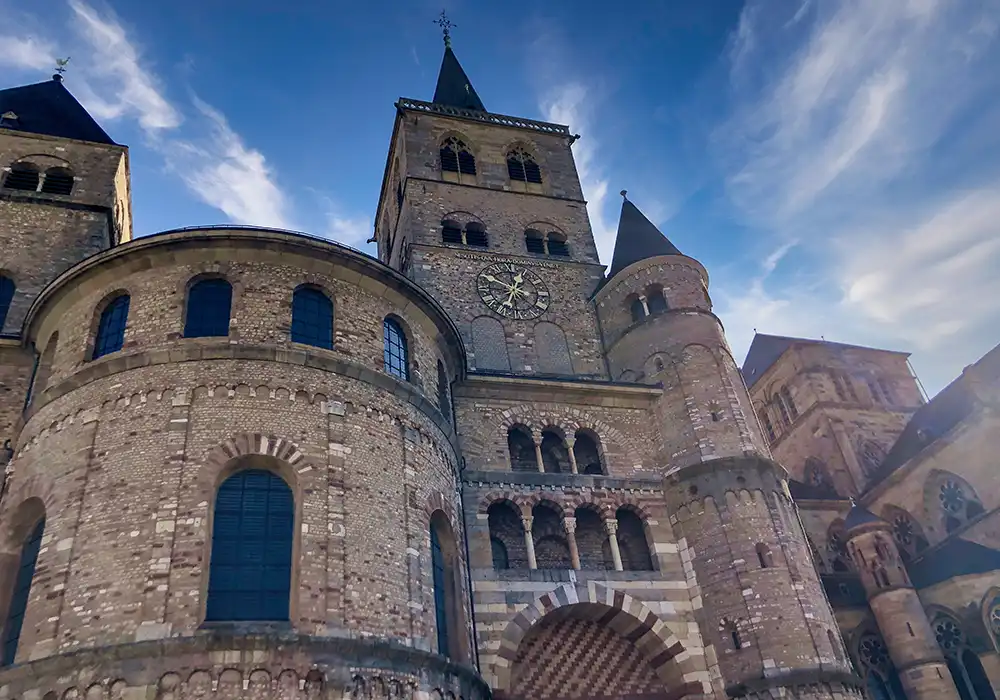
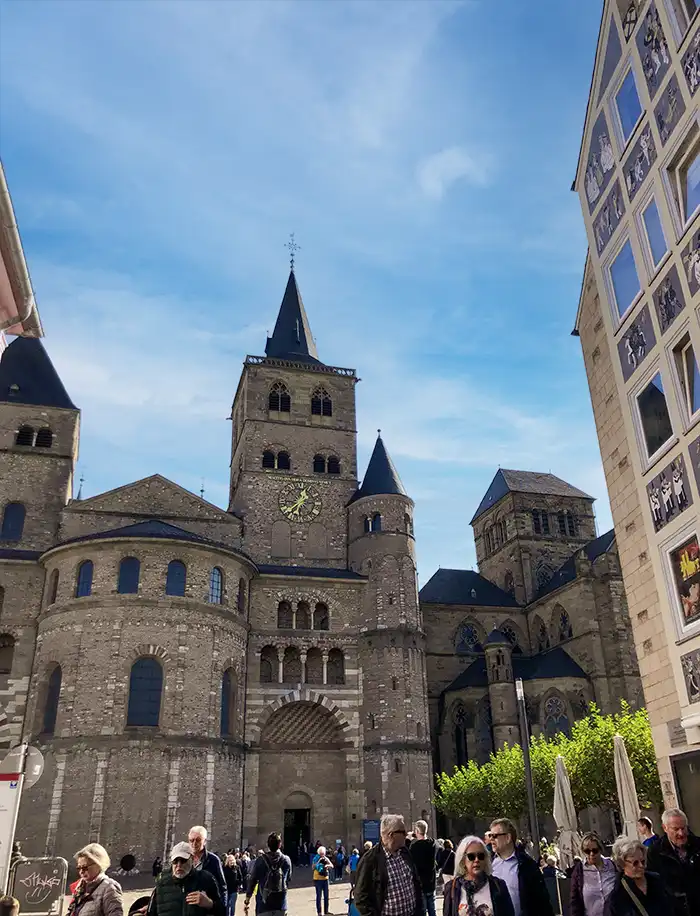
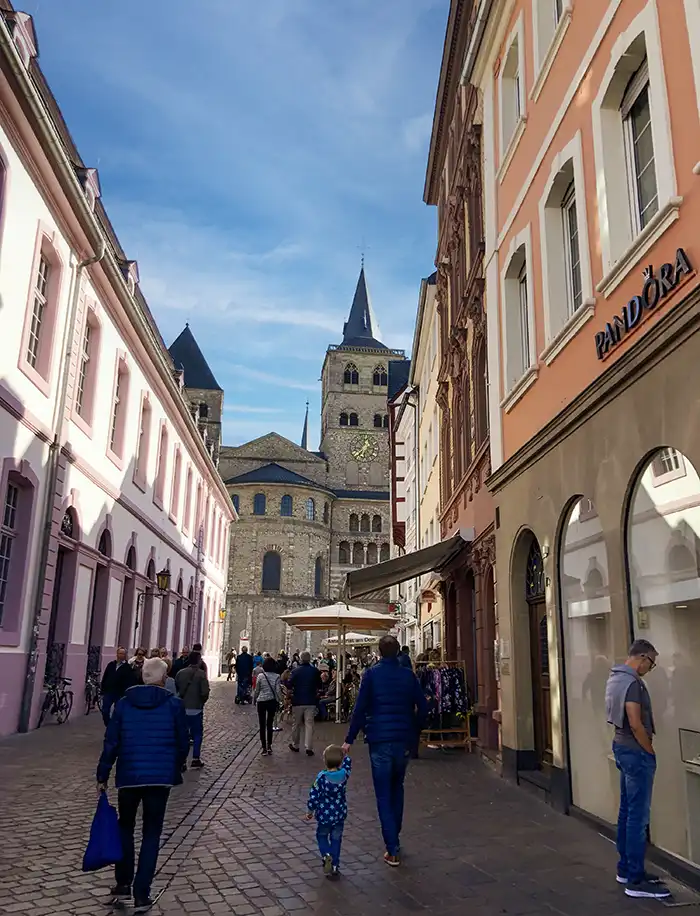
God Loves All the Working People Statue (Gott liebt alle arbeitenden Menschen) in Trier, Germany
While exploring the heart of Trier, we came across a captivating statue that immediately drew our attention. The sign on the statue, written in German, read “Gott liebt alle arbeitenden Menschen,” meaning “God loves all working people.” This beautifully crafted monument features intricately designed figures, each representing different professions, deeply absorbed in their tasks.
Located in the heart of Trier, the statue stands as a tribute to hardworking individuals, showcasing impressive artistic detail. During our visit, we noticed many people gathered around, admiring the craftsmanship and thoughtful representation of various professions. The level of detail in each figure is truly remarkable and worth seeing.
For a deeper reflection on the statue’s meaning, Daniel shared his personal thoughts on our Inspirational Page. Be sure to check it out for more insight into this unique experience in Trier.
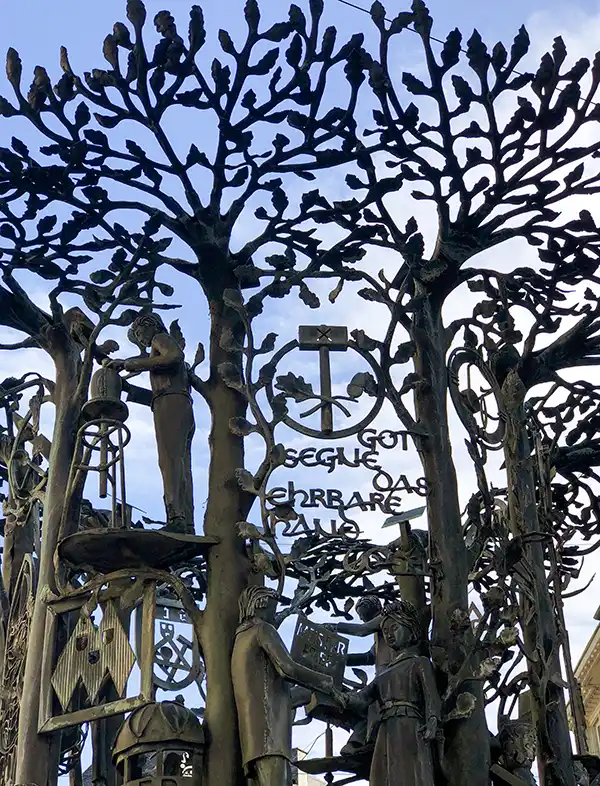
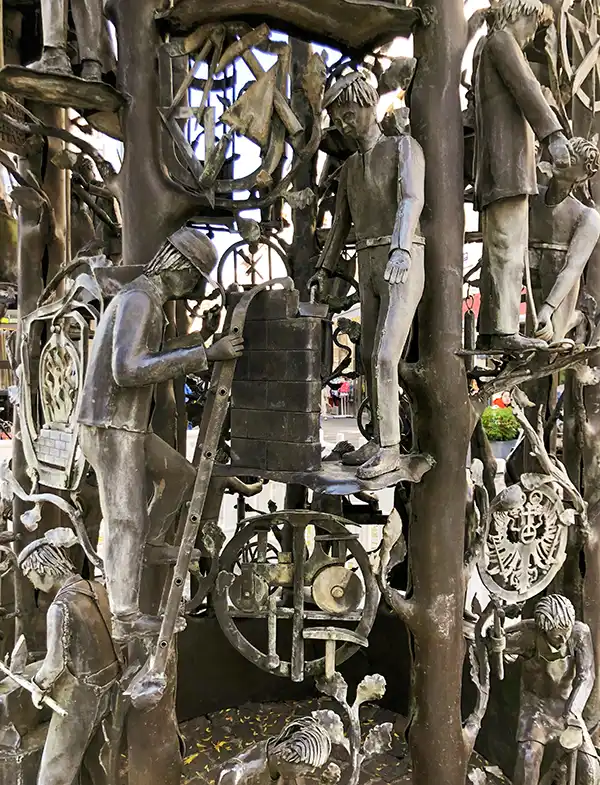

Exploring Trier’s Electoral Palace: History, Beauty, and Must-See Gardens
he Electoral Palace (Kurfürstliches Palais) in Trier, Germany, is one of the city’s most stunning architectural landmarks. Its charming pink-and-white facade creates a picture-perfect backdrop, making it ideal for capturing memorable photos.
The interior of the palace is equally impressive, featuring ornate ceilings and grand halls that reflect its historic grandeur. It’s open to the public, allowing visitors to step inside and marvel at its architectural beauty.
The palace also holds historical significance, as it was built on the site of the ancient Roman Imperial Baths, adding an extra layer of history to explore.
Visiting the Electoral Palace reminded us of the time we explored the Pena Palace in Portugal. Though both are vastly different in style and history, they share a similar enchanting allure. The Pena Palace boasts a fairytale-like design with vibrant colors and whimsical architecture, while the Electoral Palace exudes classical elegance with its refined baroque design. Both offer stunning gardens and breathtaking views, making each a unique but equally magical experience.
So, if you’re in Trier and want to experience a blend of history, stunning gardens, and photo-worthy spots, the Electoral Palace is a must-visit destination!
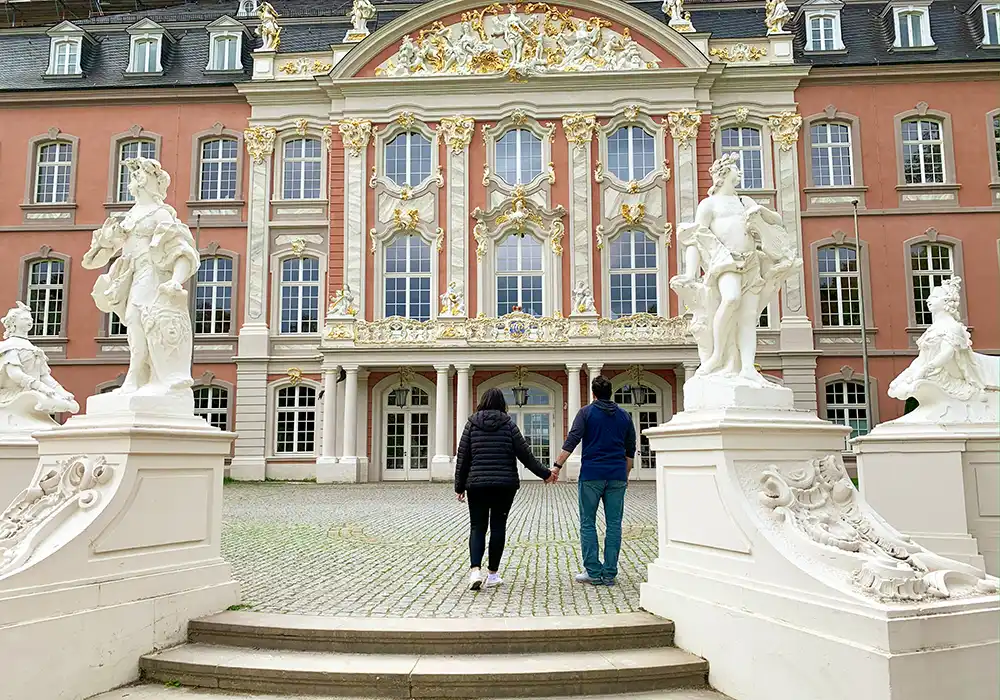
Enchanting Gardens of Trier’s Electoral Palace – Kurfürstliches Palais
The gardens surrounding the Electoral Palace in Trier are especially magical during autumn. When we visited in October, the falling leaves added an enchanting touch to the already beautiful setting. The gardens are popular among both tourists and locals, offering a peaceful atmosphere where people can relax, sit on benches, and take leisurely walks.
Scattered throughout the gardens are numerous statues depicting historical and mythical figures, adding a sense of grandeur and historical charm. Several fountains enhance the serene environment, attracting birds whose cheerful singing creates a soothing, natural soundtrack. The harmonious blend of art, nature, and history makes the gardens a delightful retreat for anyone visiting Trier.
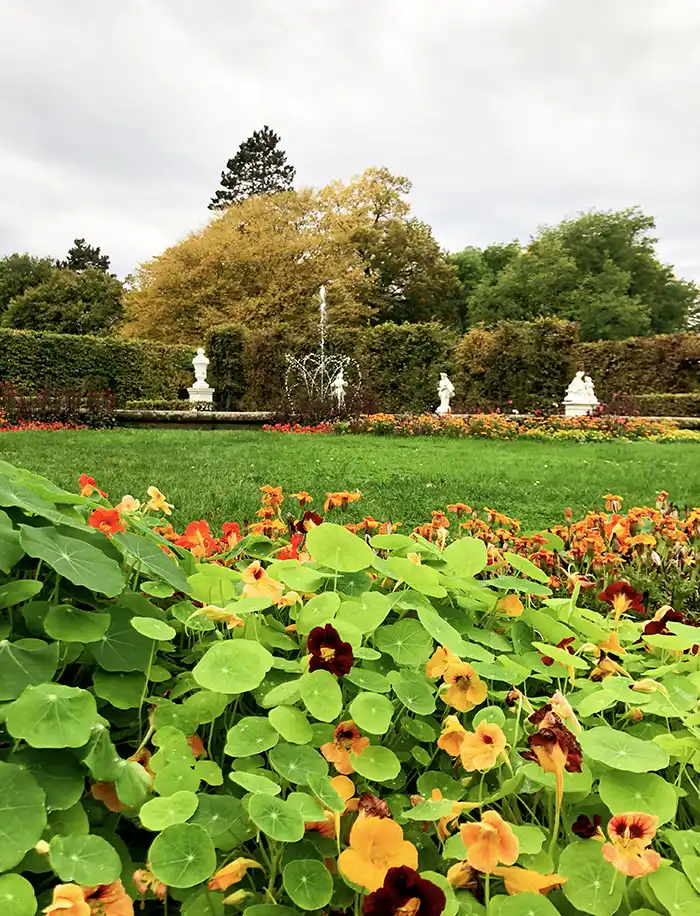
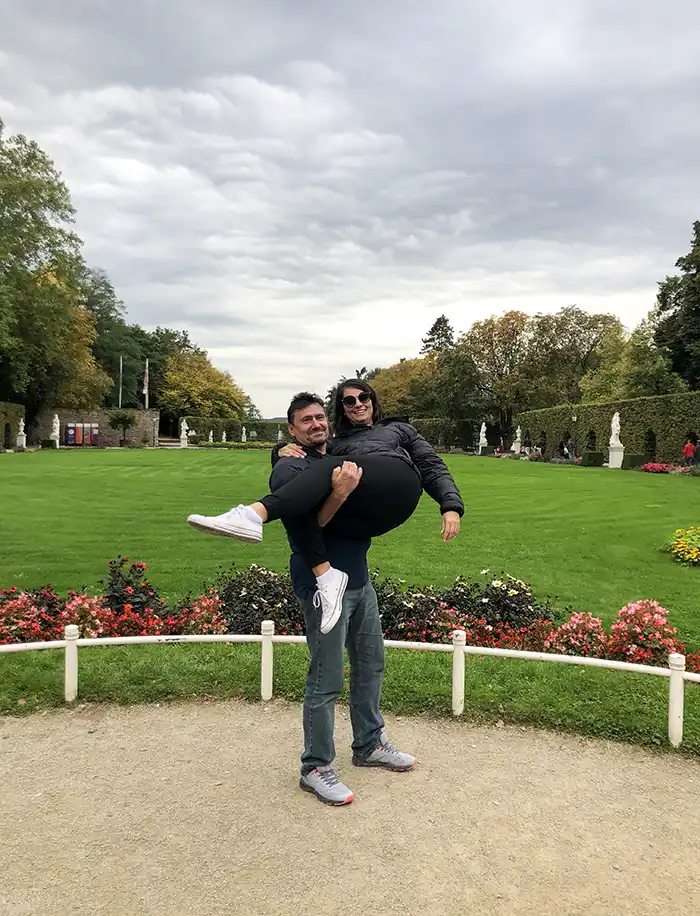
Trier Amphitheater: A Journey Through Ancient Roman History
The Trier Amphitheater in Germany is a fascinating ancient Roman site, built between 100-200 AD. As part of Trier’s UNESCO World Heritage-listed Roman monuments, it’s steeped in history and offers a unique glimpse into the past. We were thrilled to check another UNESCO site off our list!
One of the highlights is the live performances that bring historical events to life. Additionally, guided tours are available throughout the day for those interested in learning more about the site’s intriguing history. The amphitheater’s well-preserved structure and historical significance make it a must-visit when in Trier.
To make the most of your visit, be sure to arrive before 4 PM, as the site closes at 5 PM. Keep in mind that operating hours change seasonally, so checking the official website beforehand is essential.
The entrance fee is USD 4.20.
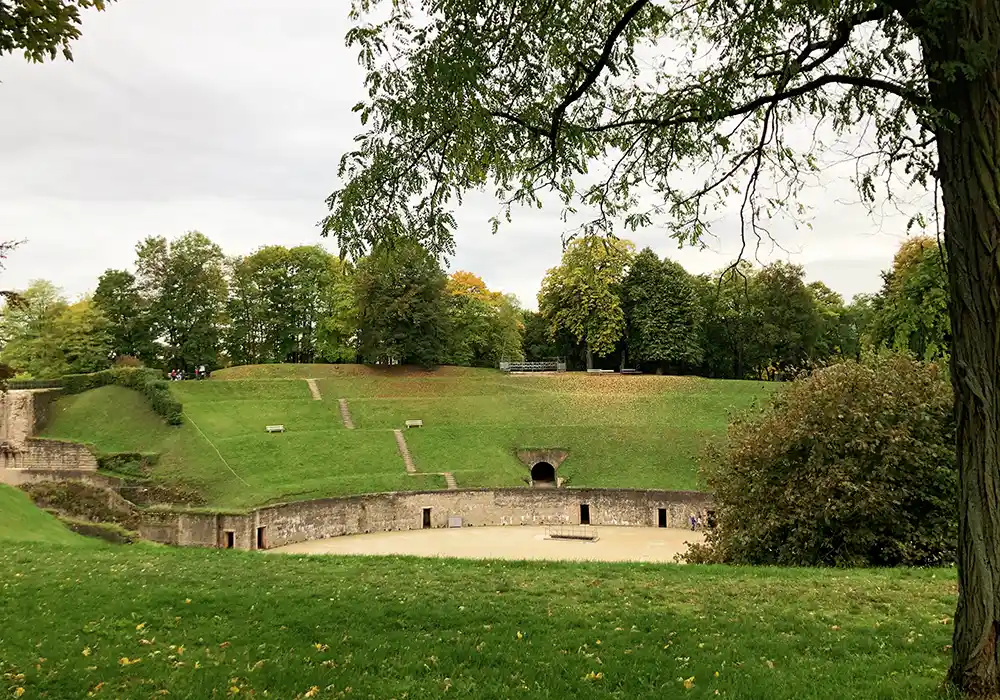
Exploring Kastilport Castle Tower: A Glimpse into Trier’s Medieval Past
The Kastilport Castle Tower in Trier, Germany, is a fascinating historical landmark that offers a glimpse into the city’s medieval past. Once part of the Kastilport, a significant gate into Trier, the tower is rich in history and architecture. Located near the Kurfürstliches Palace Gardens, it’s easy to visit both in one trip, making it a perfect spot for history enthusiasts, architecture lovers, and photographers. The tower’s strategic position offers a unique view of the city, blending medieval charm with the beauty of Trier’s landscape.
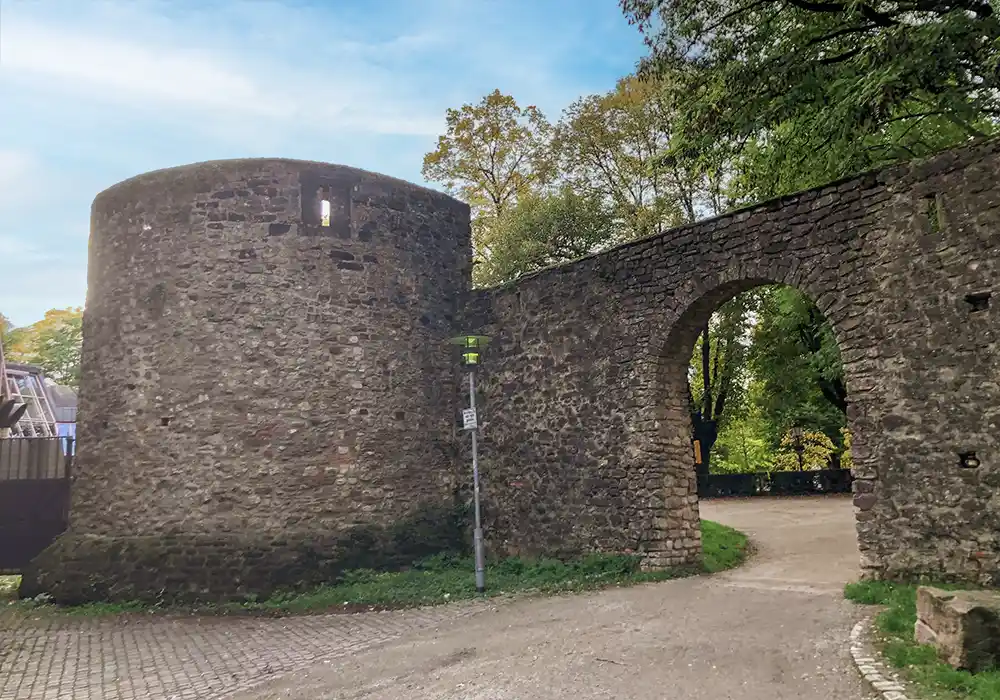
Artistic Encounters and Street Performances
While strolling through the charming streets of Trier, we enjoyed various street performances that added a lively, artistic vibe to our experience. We love stopping to watch talented street artists wherever we travel. We’ve encountered incredible performers in places like Canada, Taiwan, Singapore, and many more.
One particularly memorable moment was meeting an artist in Trier who could craft anything from wire. We asked him to create a sunflower, and his skill was truly impressive. Street artists like him showcase amazing talent and creativity across the world.
Many of your readers believe this might be Michael Stipe, the lead singer of R.E.M. Do you think it’s really him? We have our doubts, but we’d love to hear your thoughts! Comment below and let us know what you think.
Check out our YouTube vlogs for musical performances and artistic encounters from around the globe!
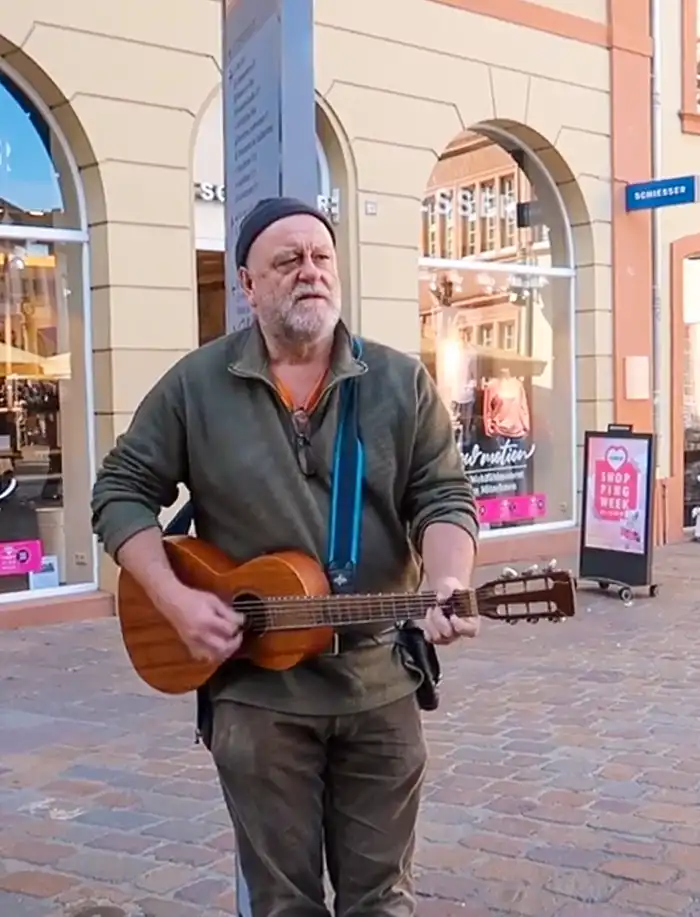
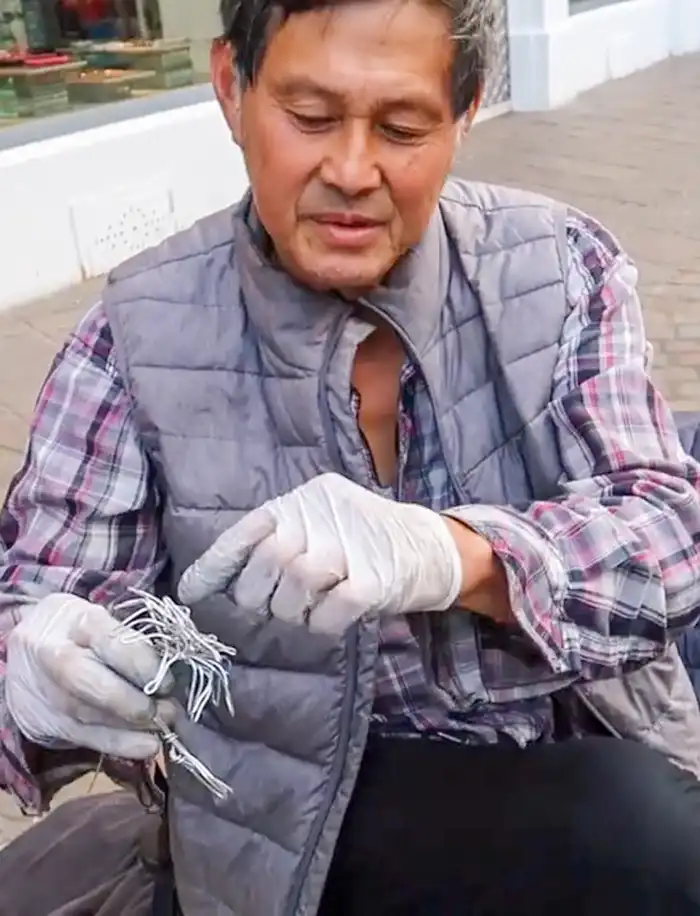
Indulge in Authentic German Cuisine in Trier: A Must-Try Experience
When in Trier, don’t miss the opportunity to savor the local food! German cuisine quickly became one of our favorites, offering high-quality dishes served with artistic flair. The flavors are incredible, and you can tell that German chefs truly know how to cook.
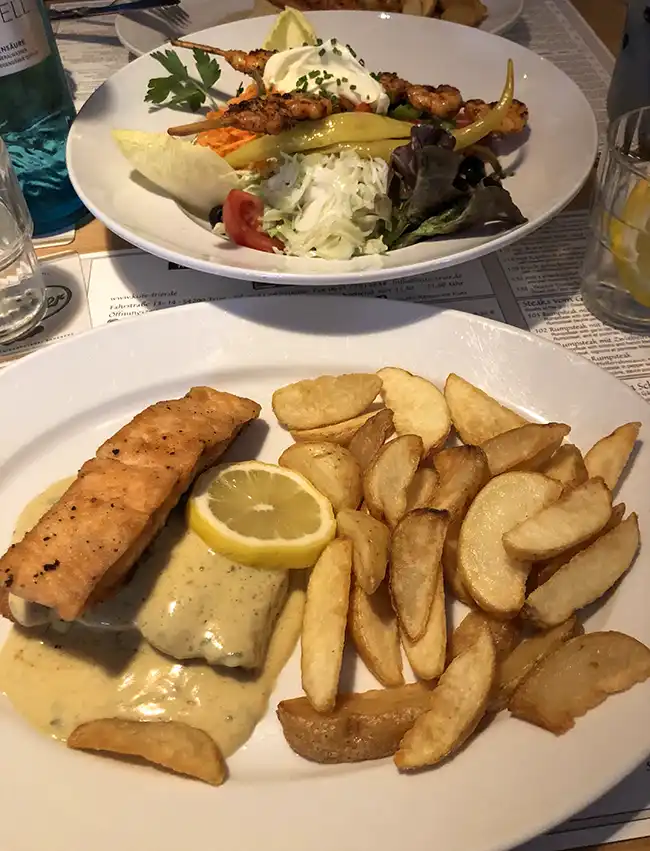
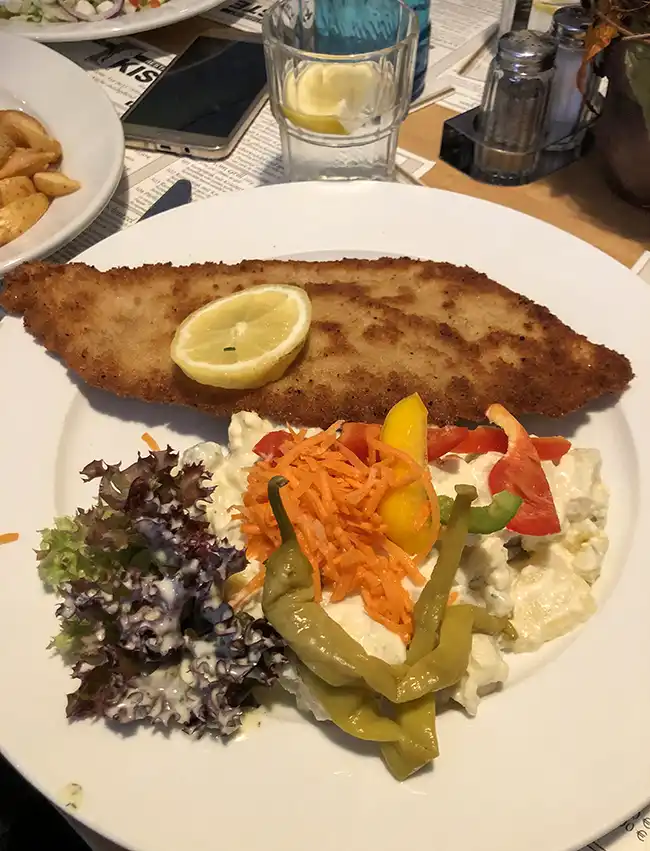
We also visited Munich, where the food was equally outstanding. One must-try dessert in Germany is apple strudel, a classic delight that shouldn’t be missed!
For more delicious food adventures from around the world, visit Wondrous Eats!
